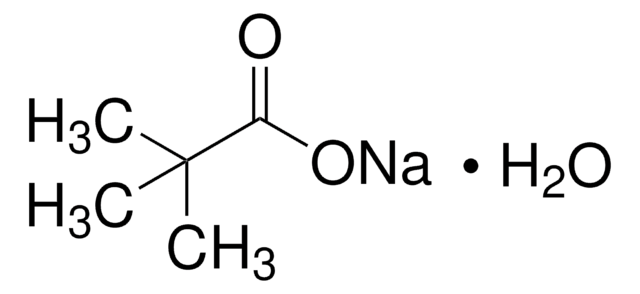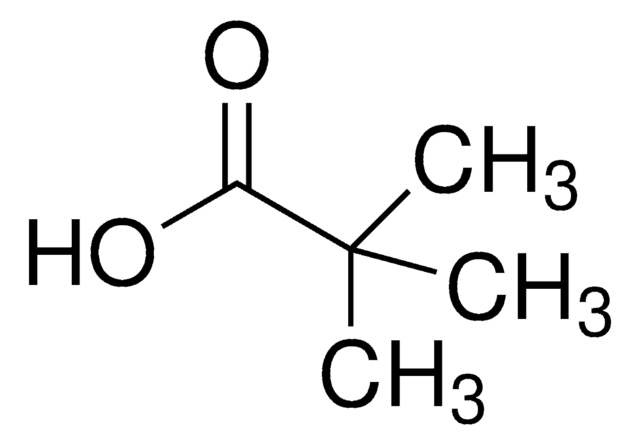316555
1,6-Anhydro-β-D-glucose
99%
Synonyme(s) :
Levoglucosan
About This Item
Produits recommandés
Pureté
99%
Forme
powder or crystals
Activité optique
[α]18/D −66°, c = 1 in H2O
Couleur
beige
Pf
182-184 °C (lit.)
Solubilité
water: 50 mg/mL, clear, colorless
Chaîne SMILES
O[C@H]1[C@H](O)[C@H]2CO[C@H](O2)[C@@H]1O
InChI
1S/C6H10O5/c7-3-2-1-10-6(11-2)5(9)4(3)8/h2-9H,1H2/t2-,3-,4+,5-,6-/m1/s1
Clé InChI
TWNIBLMWSKIRAT-VFUOTHLCSA-N
Vous recherchez des produits similaires ? Visite Guide de comparaison des produits
Application
- 1,6-anhydro-2,4-dideoxy-β-D-glycerohexopyranos-3-ulose.
- Quasi-linear polyglucose (PGlc) via cationic ring-opening polymerization.
- Polynitrogenated analogs of glucopyranoses.
- 3-deoxy-3-fluorogalactopyranose and acetylated 4-deoxy-4-fluorogalactopyranose.
Autres remarques
Code de la classe de stockage
11 - Combustible Solids
Classe de danger pour l'eau (WGK)
WGK 3
Équipement de protection individuelle
Eyeshields, Gloves, type N95 (US)
Certificats d'analyse (COA)
Recherchez un Certificats d'analyse (COA) en saisissant le numéro de lot du produit. Les numéros de lot figurent sur l'étiquette du produit après les mots "Lot" ou "Batch".
Déjà en possession de ce produit ?
Retrouvez la documentation relative aux produits que vous avez récemment achetés dans la Bibliothèque de documents.
Les clients ont également consulté
Notre équipe de scientifiques dispose d'une expérience dans tous les secteurs de la recherche, notamment en sciences de la vie, science des matériaux, synthèse chimique, chromatographie, analyse et dans de nombreux autres domaines..
Contacter notre Service technique









![1,10-Phenanthroline chloride monohydrate GR for analysis and redox indicator [reagent for iron(II)] Reag. Ph Eur](/deepweb/assets/sigmaaldrich/product/images/350/751/c4f466f3-0750-4cb4-af8f-5942eba5d12f/640/c4f466f3-0750-4cb4-af8f-5942eba5d12f.jpg)

